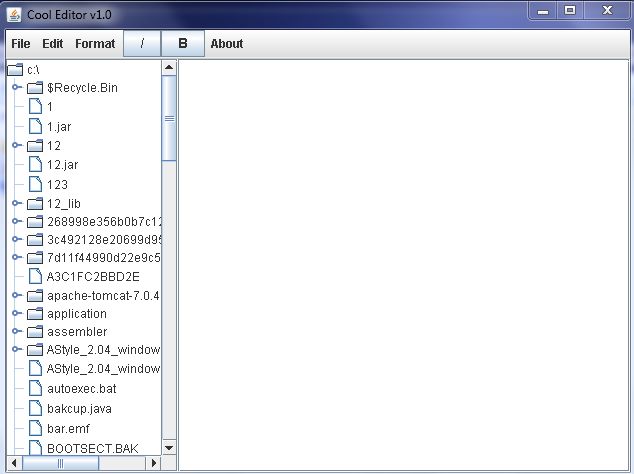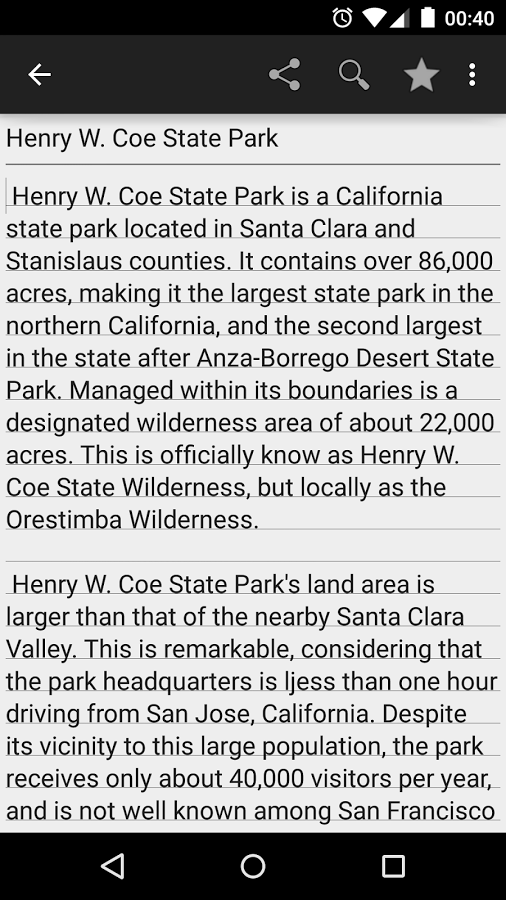

- #SIMPLE NOTEPAD SHORTCUT HOW TO#
- #SIMPLE NOTEPAD SHORTCUT ZIP FILE#
- #SIMPLE NOTEPAD SHORTCUT SERIES#
- #SIMPLE NOTEPAD SHORTCUT WINDOWS#
Each of these subcontainers holds an object named 1033. For some reason, Notepad uses two separate subcontainers beneath the Accelerators container. The Accelerators container controls keyboard shortcuts. To do so, expand the Accelerators container. So far, you have modified the menu to display a new shortcut key, but now you need to activate the key. Now, click the Compile Script button and then select the Save command from the File menu. This will ensure that the reference to the new shortcut key will line up with the other shortcut keys on the menu. Therefore, if your version of Notepad uses a number other than 4, use the number that exists on your system.īegin the process by rewriting the command to look like this:Īs you can see in the rewritten command, I have placed the \t in front of the B.

You do need to pay attention to the number after the command’s text, though. That’s because the Save As command isn’t grayed out. You might also notice that the word GRAYED doesn’t follow this command. You are creating the type of shortcut that is accessible at any time by pressing B. This isn’t the kind of shortcut that you are creating though.
#SIMPLE NOTEPAD SHORTCUT WINDOWS#
In case you are wondering, the & sign in front of the word As tells Windows to underline the A in As, indicating that the A can be used as a keyboard shortcut when the menu is open. In this particular case you will want to locate the MENUITEM command that corresponds to the Save As command. This text is followed by a comma, a number, and in some cases, the word GRAYED. The MENUITEM command is then followed by the menu option text, which appears in quotes.

The Resource menu object contains the menu script and displays a preview menu.Īs you look at the menu script, you can see that each menu item is designated by the MENUITEM command. If you select the 1033 object, you will see the menu’s script along with a preview of what the menu looks like, as shown in Figure A. This subcontainer contains an object named 1033 that contains Notepad’s main menu. Since Notepad only has one menu, though, there is only one subcontainer.
#SIMPLE NOTEPAD SHORTCUT SERIES#
Normally, the Menu container will contain a series of subcontainers, each containing a single menu object. Before you create your new B shortcut, you must ensure that Notepad isn’t already using B. Open Resource Hacker and then open Notepad.exe by clicking File | Open, browsing to the file, and clicking Open again. For demonstration purposes, I will assign the shortcut key B to the Save As command. The point is that by learning this modification technique on a small and relatively simple application, you can apply the technique A to Notepad because A is already being used as a shortcut for Select All. In actuality, you probably don’t even really need a Save As shortcut in Notepad, but then again that’s not really the point. The Save As command doesn’t have a shortcut key though. When you run Notepad and then click on the File menu, you will notice that the New, Open, and Save commands all have corresponding shortcut keys listed-N, O and S respectively. Therefore, I strongly recommend making a backup of Notepad.exe before continuing. If you use Resource Hacker incorrectly, you can destroy the file that you are modifying.
#SIMPLE NOTEPAD SHORTCUT HOW TO#
The general process of using Resource Hacker, however, will be the same.īefore I show you how to create additional shortcut keys, I need to point out that Resource Hacker is a fairly complex utility. Since Notepad differs slightly among Windows versions, and I will be modifying the Windows XP version, you may or may not be able to follow along with this article’s steps if you use a version of Windows other than XP. For a detailed review of Resource Hacker and a word about the legality of modifying copyrighted software, check out this previous TechProGuild Daily Drill Down.įor the purposes of this Daily Feature, I’ll modify Notepad since it’s something almost every Windows user is familiar with. Double-click the ResHacker.exe file, and you’re ready to go.
#SIMPLE NOTEPAD SHORTCUT ZIP FILE#
Download the 541-KB zip file from the Resource Hacker Web site and unzip to your hard drive.

Resource Hacker takes up only 1.35 MB of disk space, works on Windows 9x/Me/NT/2000/XP, and is free. Here’s how.Īcquiring Resource Hacker and a note about modifying files One of the easier functional modifications that you can implement is to add additional shortcut keys to an application. Although Resource Hacker is primarily designed as a mechanism for making cosmetic changes to an application, it can make functional changes as well. Resource Hacker is a cool freeware utility that allows you to modify just about any 32-bit Windows application or Windows itself. Get IT Done: Create new shortcut keys for Notepad with Resource HackerĬreate new shortcuts for Notepad with a freeware utility called Resource Hacker


 0 kommentar(er)
0 kommentar(er)
